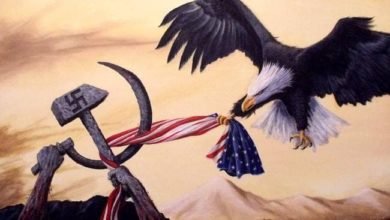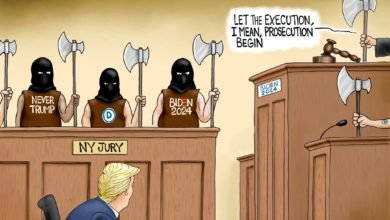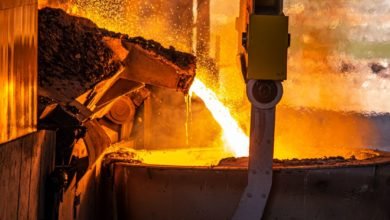Price Controls Should Remain on the Ash Heap of History
With inflation hitting Americans at the highest level in forty years, the debate over price controls, a policy tool long considered defunct, seems to be reigniting. As prices surge, many prominent economists including Robert Reich, the former US Secretary of Labor, and Todd Tucker, Director of Industrial Policy and Trade at the Roosevelt Institute, have recently come out in favor of government-imposed price controls.
Even the UK’s new conservative prime minister, Liz Truss, announced a plan to fight inflation by capping household energy prices.
Regardless of whom you blame for the inflation, there could not be a worse way of fighting it than with interventionist price-control measures. As any Econ 101 student could tell you, prices naturally settle at the point where supply meets demand in a market economy. But when the government imposes an artificial cap on prices, supply declines and demand increases, creating a shortage. After all, companies are less inclined to create and distribute products if they can’t get a good price for them. In a survey of forty-one academic economists recently conducted by the University of Chicago’s Booth School of Business, sixty-one percent said that price controls like those imposed in the 1970s would fail to “successfully reduce U.S. inflation over the next twelve months.” Just 23 percent of those who responded said price controls could reduce inflation (and all reported lower levels of confidence in their prediction).
For older Americans, the price control debate is nothing new. In August of 1971, President Richard Nixon announced a 90-day freeze on most wages, prices, and rents. It was a short-sighted attempt to combat the rise of consumer prices that had reached their fastest pace since the Korean War. Following Nixon’s announcement, markets rallied, and seventy percent of Americans backed the plan in polls. However, Nobel-Prize-winning economist Milton Friedman predicted Nixon’s plan would end “in utter failure and the emergence into the open of the suppressed inflation.” As predicted, prices soared as soon as controls were lifted, exposing the frailty of government interference with pricing.
Among the many bizarre and tragic consequences of Nixon’s price controls was the appalling specter of farmers drowning millions of baby chicks (or gassing them).
As the price for chickens was controlled, but the price of the grain used to feed them was not, they could no longer be sold profitably. Sadly, this meant that the only way for the farmers to avoid losses was to kill them. This is but one example of the unintended consequences of excessive government intervention that prevents market forces from operating.
When left to their own devices, prices tell us vital information about our economy. They pinpoint scarce resources, indicate consumers’ wants, and drive entrepreneurship and innovation. But when the government attempts to cap prices to “protect” consumers, this information becomes distorted.
On an emotional level, the impulse for price controls is understandable. It’s easy to look at your surging gas station or grocery store bill and long for the temporary relief that lower prices would bring. However, avoiding this misguided extreme will allow for a much clearer picture of the state of our economy moving forward and allow us to focus on responses that will actually bring down inflation.
Content syndicated from Fee.org (FEE) under Creative Commons license.
Agree/Disagree with the author(s)? Let them know in the comments below and be heard by 10’s of thousands of CDN readers each day!




